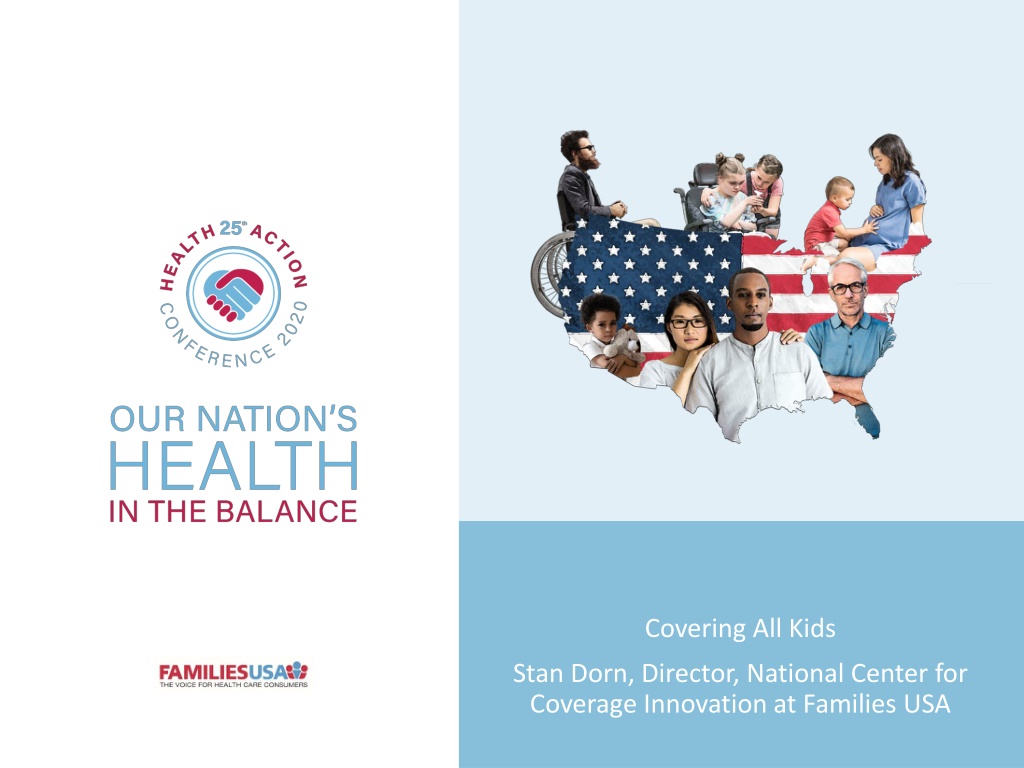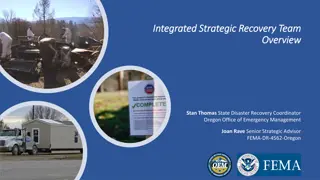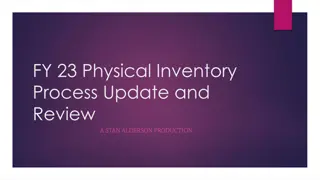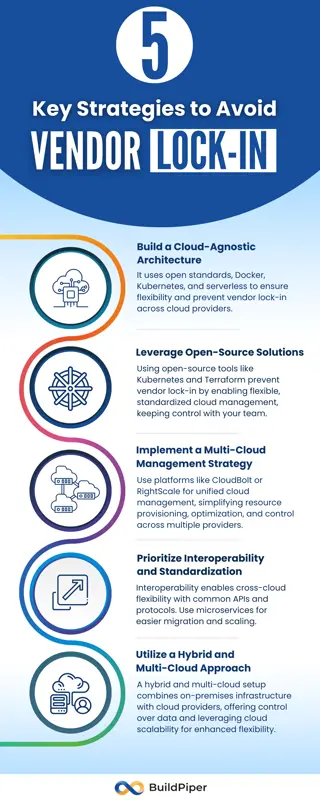Challenges and Progress in Children's Health Coverage
The data presented highlights the evolution of children's health coverage in the United States, focusing on uninsured children and enrollment trends in programs like Medicaid and CHIP. Despite significant gains since the enactment of CHIP in 1997, many children remain uninsured due to various factors. The analysis also sheds light on the alarming number of individuals who have lost Medicaid and CHIP coverage in recent years, pointing towards ongoing challenges in ensuring comprehensive healthcare for all children.
Download Presentation

Please find below an Image/Link to download the presentation.
The content on the website is provided AS IS for your information and personal use only. It may not be sold, licensed, or shared on other websites without obtaining consent from the author. Download presentation by click this link. If you encounter any issues during the download, it is possible that the publisher has removed the file from their server.
E N D
Presentation Transcript
Covering All Kids Stan Dorn, Director, National Center for Coverage Innovation at Families USA
Since the bipartisan enactment of CHIP in 1997, America achieved amazing gains in children s health coverage Uninsured children, age 0-18: 1997-2015 (millions) 10.7 11 9.9 9.7 10 9.3 8.7 9 8.5 7.8 8 7.6 7.5 7.4 7.4 7.3 6.6 7 6.5 5.8 6 5.5 5.4 5 4.4 3.7 4 3 1997 1998 1999 2000 2001 2002 2003 2004 2005 2006 2007 2008 2009 2010 2011 2012 2013 2014 2015 Source: National Center for Coverage Innovation (NCCI) analysis of National Health Interview Survey data. 2
The job remained unfinished Uninsured children, by eligibility for insurance affordability programs: 2017 Immigration status, 6% Employer coverage offers preclude APTCs, 8% Income too high for APTCs, 17% Eligible for Medicaid or CHIP, 61% Eligible for APTCs, 8% Total uninsured children: 4.6 million Source: Urban Institute, July 2018. Note: APTC = Advance Premium Tax Credit. 3
Reaching the final group of uninsured kids: can other programs become launching pads for automatic enrollment? Uninsured children, by receipt of various benefits: 2018 80% 70% 5% 3% 60% 23% All three combined 50% Plus SNAP 40% 5% Plus school meals 3% Plus EITC 30% No other benefits 23% 20% 40% 10% 5% 13% 11% 3% 3% 1% 0% EITC School meals SNAP None Source: NCCI analysis of data from Current Population Survey -- Annual Social and Economic Supplement. Note: Total number of uninsured children estimated by CPS-ASEC was 4.3 million. EITC = earned income tax credit. School meals = free and reduced-price school lunch. SNAP = Supplemental Nutrition Assistance Program. 4
But then, everything changed Uninsured children, age 0-18: 2008-2018 10% 9.7% 8.9% 9% 8.5% 7.9% 8% 7.5% 7.5% 7% 6.3% 6% 5.2% 5.1% 5.0% 5% 4.7% 4% 2008 2009 2010 2011 2012 2013 2014 2015 2016 2017 2018 Source: NCCI analysis of data from American Community Survey. 5
More than 2 million people have lost Medicaid and CHIP since June 2017 Coverage through Medicaid and CHIP: June 2017-September 2019 (millions) 73.9 74.00 73.75 73.50 73.25 73.00 72.75 72.50 72.25 71.8 72.00 71.75 71.50 Average monthly enrollment during the three previous months Source: NCCI analysis of Medicaid enrollment data from the Center for Medicare & Medicaid. 6
Likely causes of recent coverage losses Weaponized paperwork * Public charge Reduced outreach funding *Andy Schneider, Georgetown University Center for Children and Families 7
Childrens health coverage matters When children have health insurance, what improves? Families financial stability Public finances Children s long-term life prospects Each $1 invested in child health programs yields $1.78 in savings, resulting from better life-long health and economic self- sufficiency Lower out-of-pocket costs Fewer bankruptcies More families escape poverty Higher reading scores Higher graduation rates from HS & college Less use of public benefits Fewer chronic conditions and hospitalizations Lower death rates Sources: Laura R. Wherry, Genevieve M. Kenney, and Benjamin D. Sommers, The Role of Public Health Insurance in Reducing Child Poverty, Acad Pediatr., 16, 3 Suppl (April 2016): S98 S104; Nathaniel Hendren and Ben Sprung-Keyser, A Unified Welfare Analysis of Government Policies, National Bureau of Economic Research Working Paper No. 26144 (August 2019) 8
Dedicated to creating a nation where the best health and health care are equally accessible and affordable to all FamiliesUSA.org










